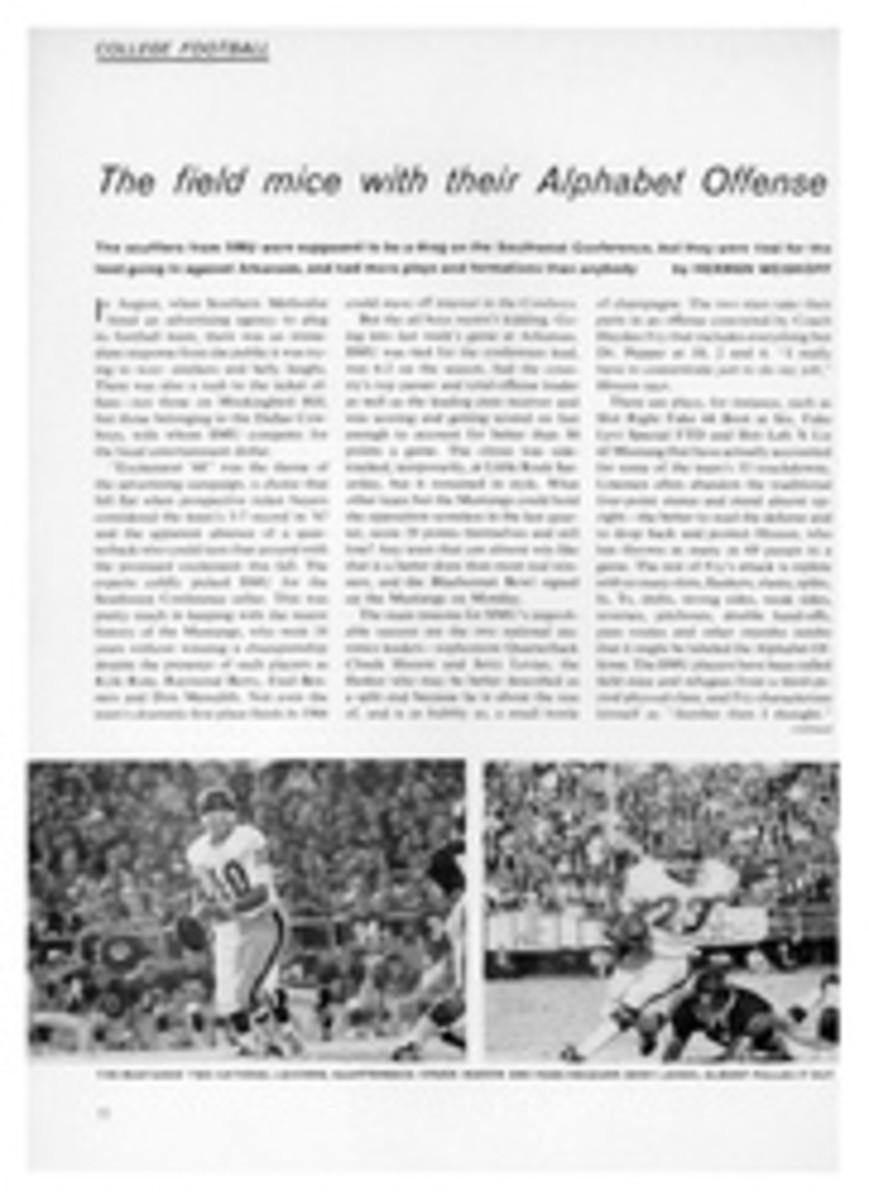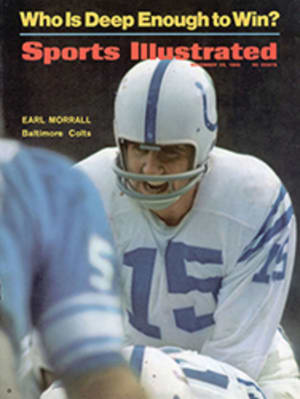
A gamecock cast into the wild fights a good fight with a hen Cooper's hawk
I feel the time has passed," writes Daniel P. Mannix in a note at the start of The Killers (E.P. Dutton, New York, $5.95), "when we can dismiss the feeding habits of predators by saying that they eat only harmful rats and mice. The role of the predator in nature is far too complicated and important for that well-meant deception."
To prove his contention in the book that follows, Mannix has set against the tranquil background of the Pennsylvania Dutch countryside a tense and bloody conflict between a female Cooper's hawk and a fighting cock cast into the wild. For those who like allegory, it is here. For those who don't, the book can be read as straight narrative, and a very compelling tale it tells.
Mannix's hawk is named Ishmael: "She was an outcast among outcasts, a pariah's pariah, a female Ishmael of the bird world." The list of her dietary victims reads like the index to a field guide for bird watchers, ranging from the American redstart to the wax-wing. It will horrify the Roger Tory Peterson fans. The game bird hunter will feel no less outrage toward the hawk as Ishmael dexterously dispatches pheasants, quail and grouse. The general reader may not learn to love the Cooper's hawk but as he reads, he will come to respect and admire her.
The hawk's enemy is a gamecock, called Whitehackle after his blood strain. In sharp contrast to Ishmael's in-the-wild development, Whitehackle has matured under the careful supervision of man and is raised for the express purpose of cockfighting.
At the end of his training period, or "keep," Whitehackle is ready for combat and, presumably, a long and successful career in the cockpit. Unfortunately, during his first, chillingly detailed fight, the pit is raided by the police, and the cock's owner, anxious to destroy all evidence, dumps Whitehackle from a speeding getaway car. Thus the stage is set for a duel between the hawk and the cock.
In this denouement, allegory and adventure are expertly blended in a morality play that avoids both self-conscious sermonizing and sentimentality. The motives of the combatants are clean and honest. The gamecock fights to protect his newly adopted turf. The hawk, partially crippled and unable to pursue her usual wild diet, is plain hungry.
In the light of modern knowledge, the writer who chooses to speak for or through animals is on dangerous critical ground. Mannix, who has spent most of his life near and with animals, treads it with a sure foot and a clear-eyed unsentimental approach. Like the nature he writes about, he makes no apologies and asks no special indulgence—and he writes a very readable book.

